
Spotless Crake
Zapornia tabuensis
Also known as: Puweto, Putoto


Zapornia tabuensis
Also known as: Puweto, Putoto

The spotless crake, or Pūweto in Māori, is a small native rail found throughout New Zealand. About half the size of a blackbird, this secretive wetland dweller is a master of stealth, rarely seen but occasionally heard in dense vegetation around freshwater habitats.
1. Dark bluish-grey body with rich brown upperparts
2. Bright red eyes that stand out against their dark plumage
3. Long orange-pink legs, visible when wading in shallow water
Spotless crakes are territorial and monogamous birds. They build well-hidden nests in dense vegetation, often with multiple decoy platforms nearby. Both parents raise the chicks, which can catch prey just days after hatching. Their ability to thrive in dry forests on predator-free islands enables significant adaptability.
Look for spotless crakes in freshwater wetlands, particularly those with dense raupo or flax. They're most active at dawn and dusk, foraging on mudflats near thick vegetation. The North Island offers more sighting opportunities, especially in coastal areas. Listen for their distinctive calls, which can sound like a sharp "pit-pit" or a bubbling trill. Tip: Remain still and quiet near wetland edges for the best chance of a glimpse.
Known as Pūweto to Māori, the spotless crake has long been part of New Zealand's wetland ecosystems. Fossil evidence shows their presence during the Holocene period. While not prominently featured in Māori lore, their elusive nature has made them a subject of intrigue for naturalists and birdwatchers alike.
20 cm
45 g
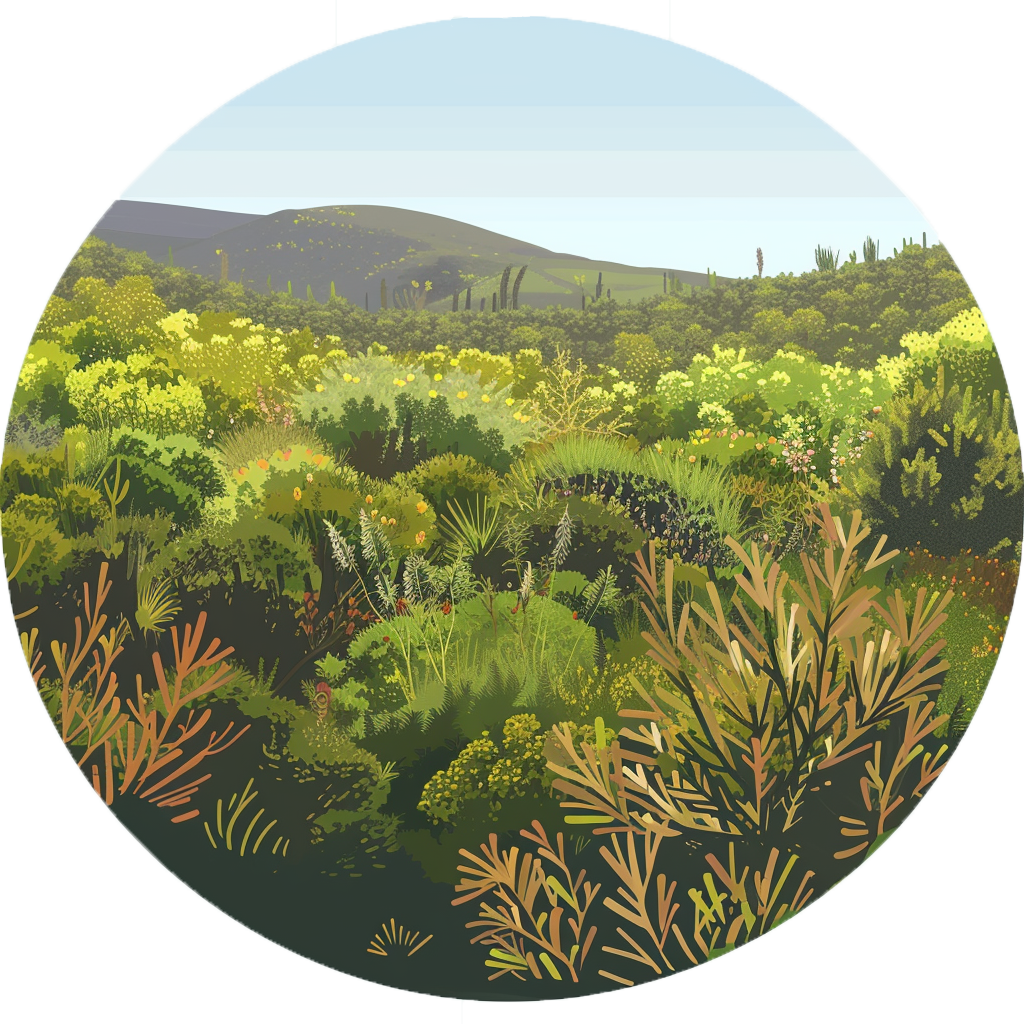
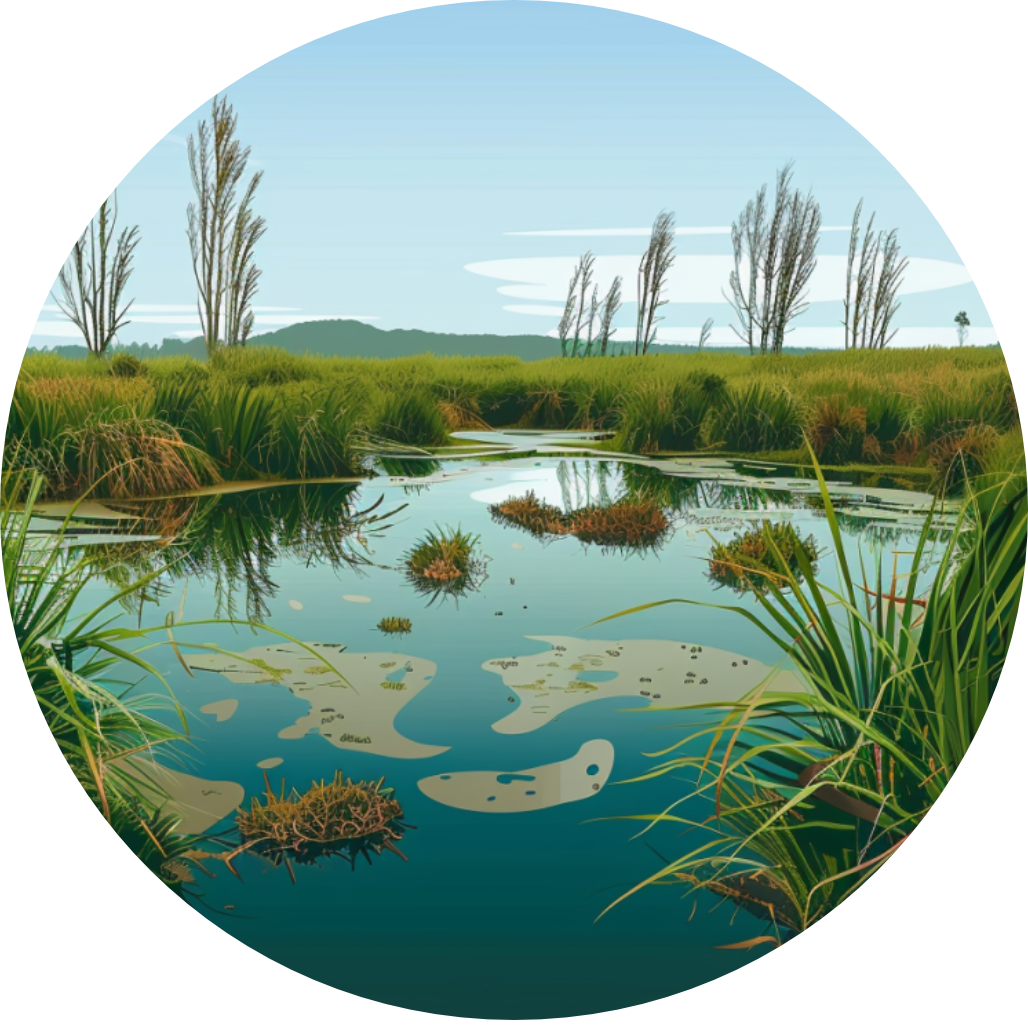
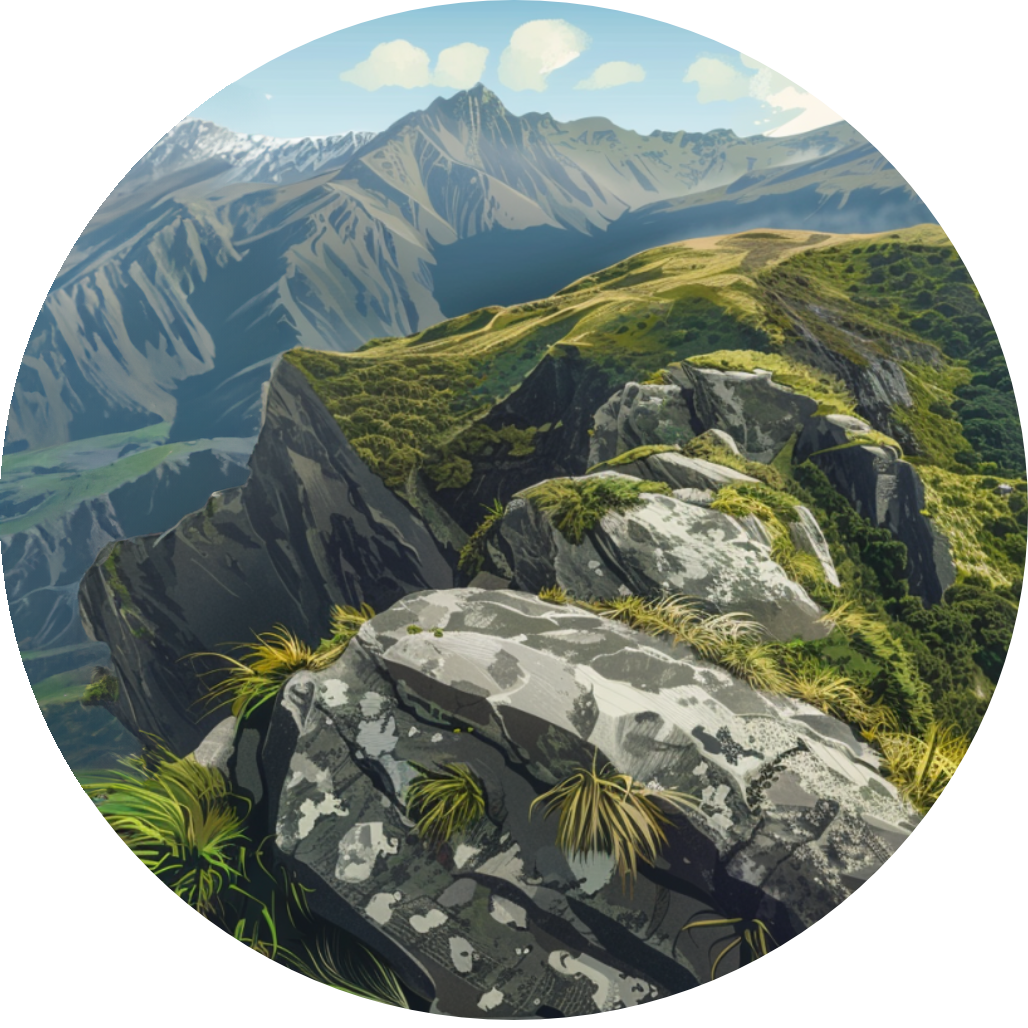
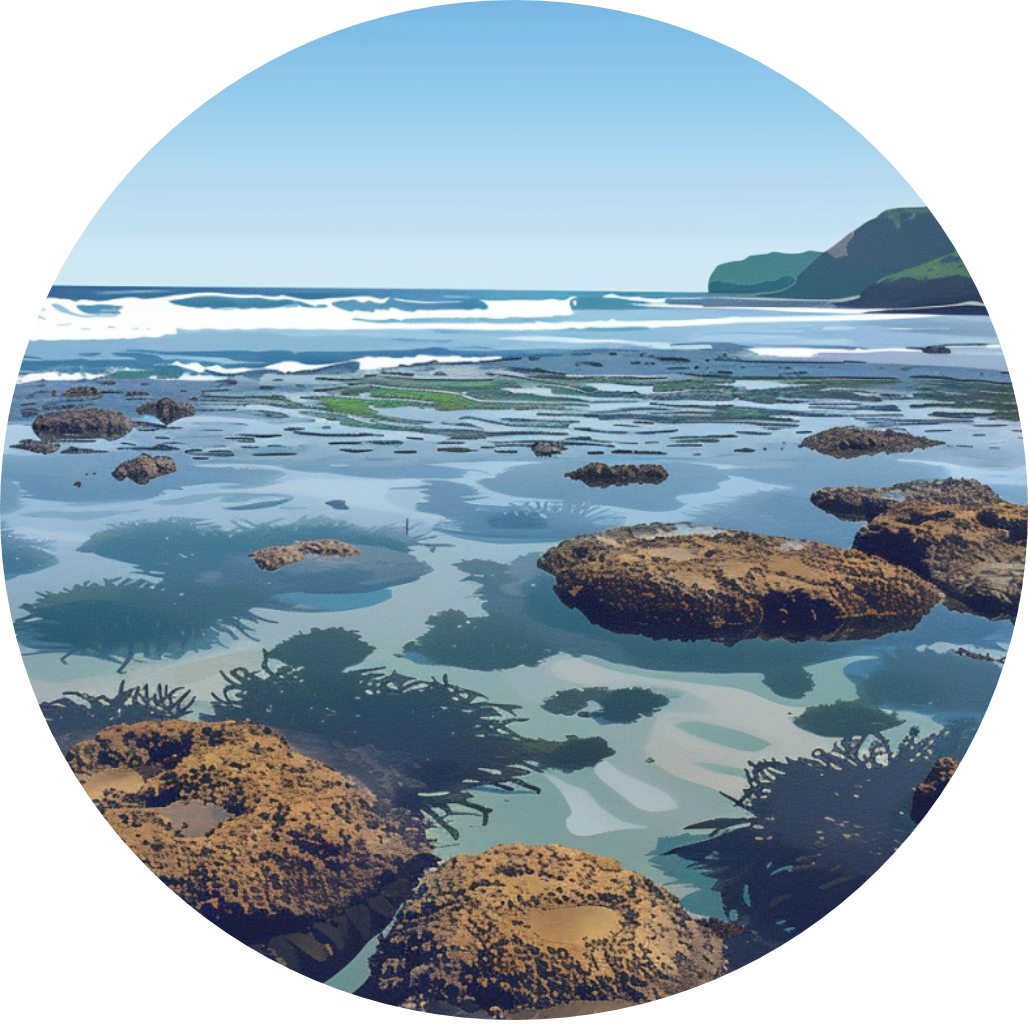
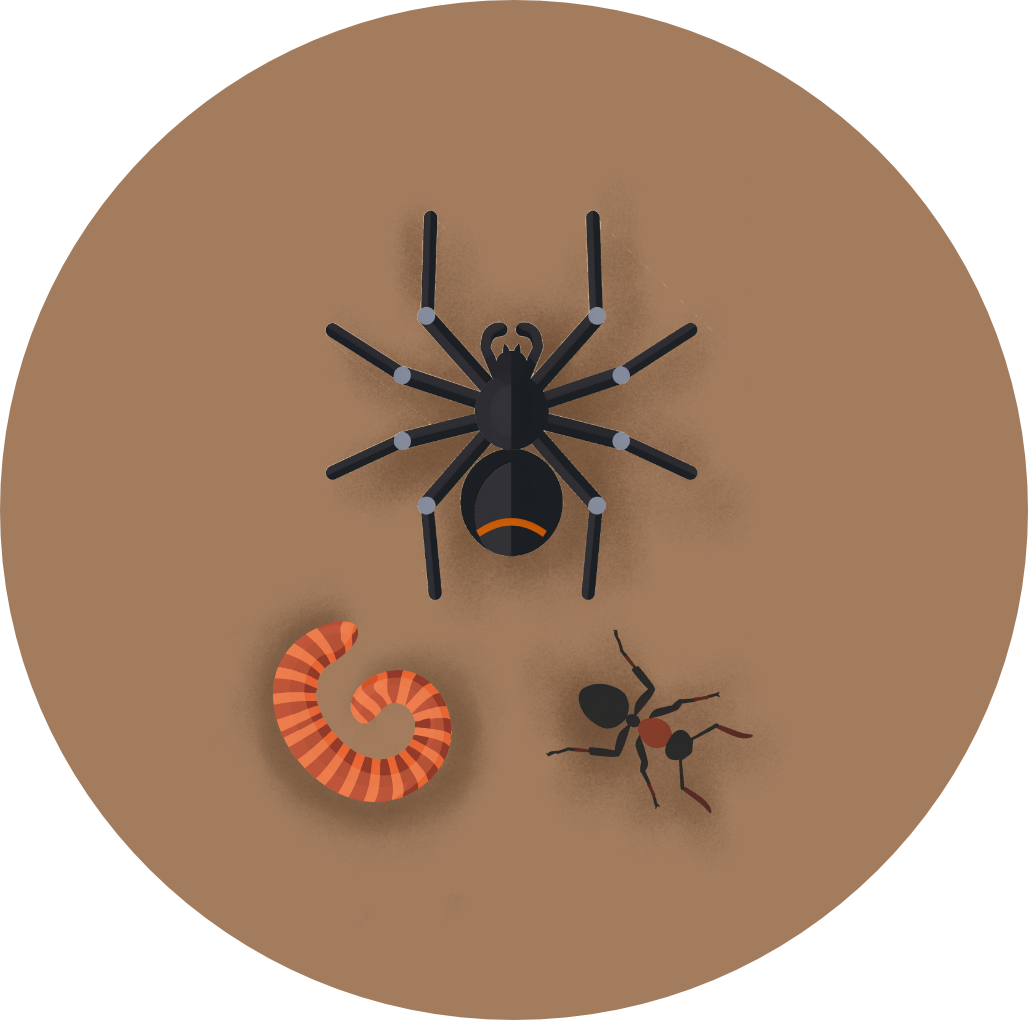
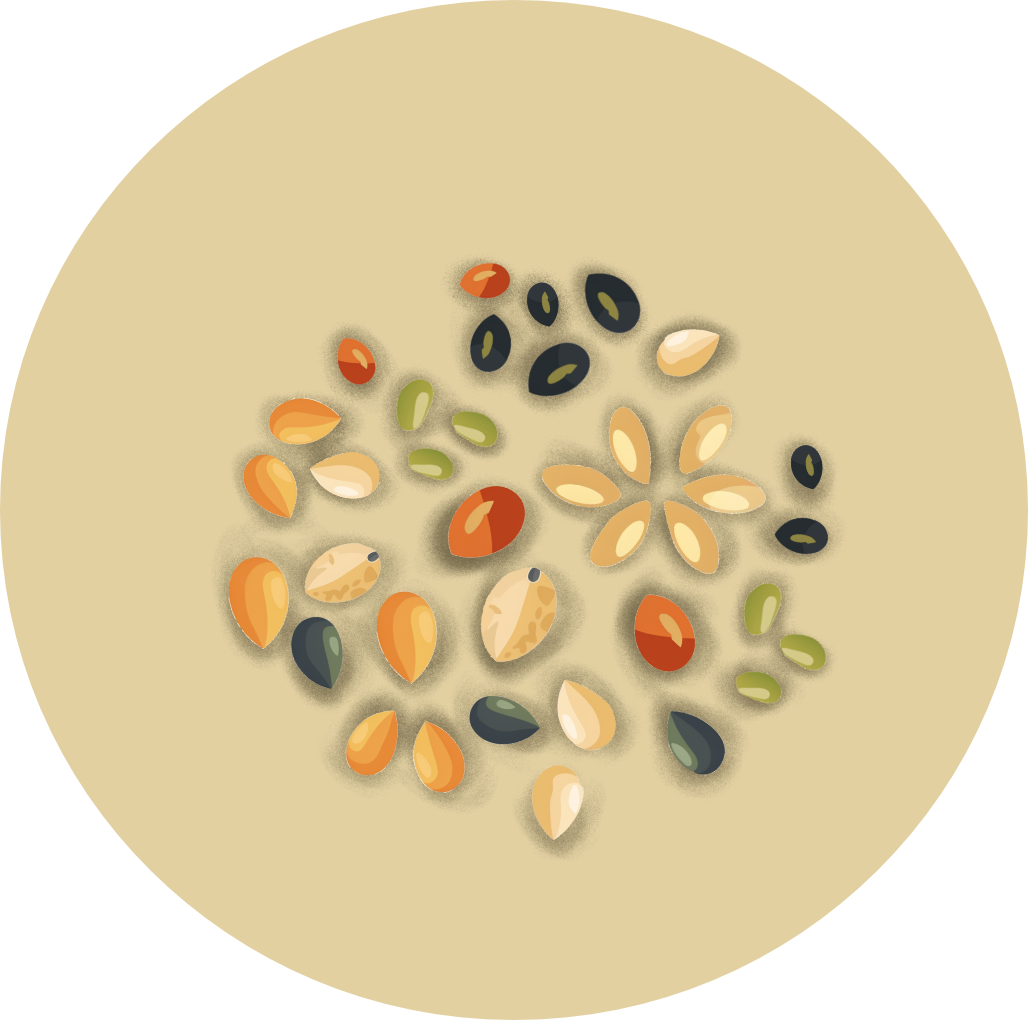

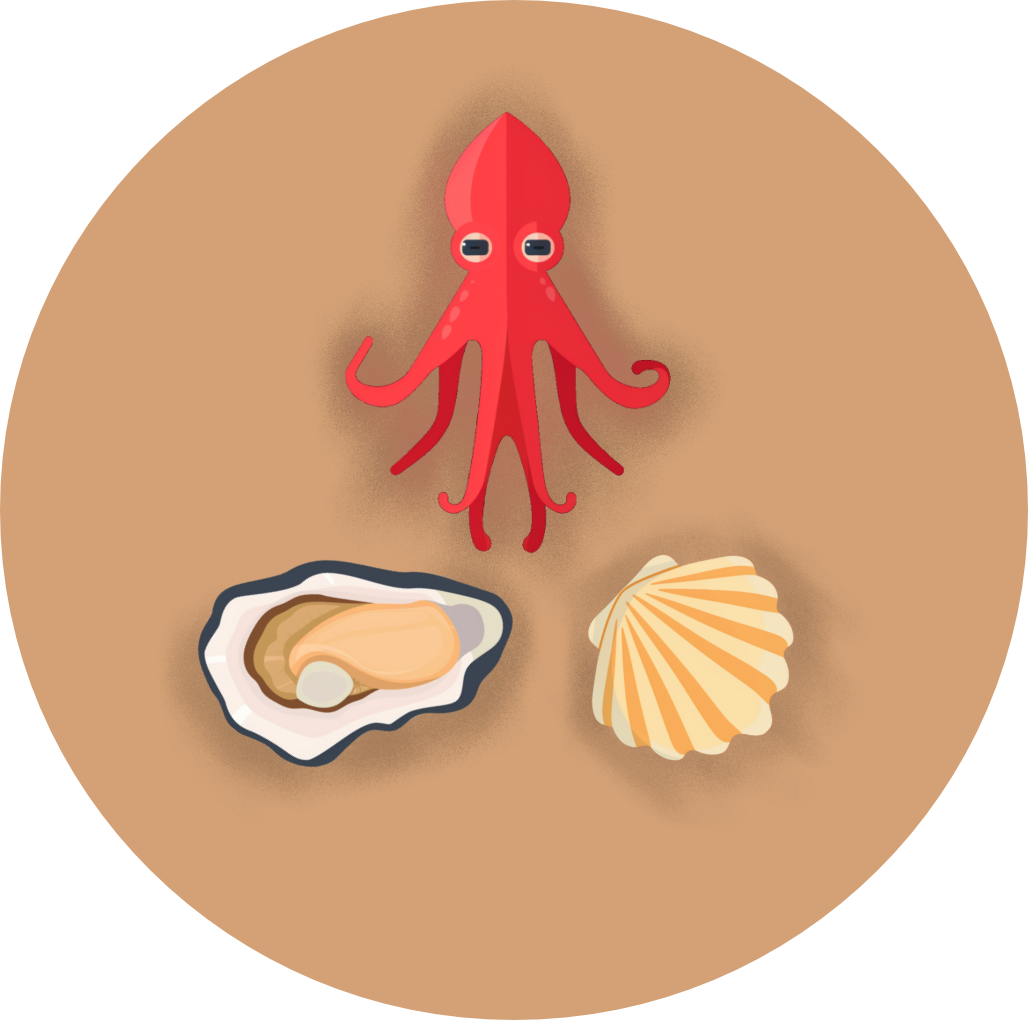
Coming Soon!
Top birding locations will be available in a future update.